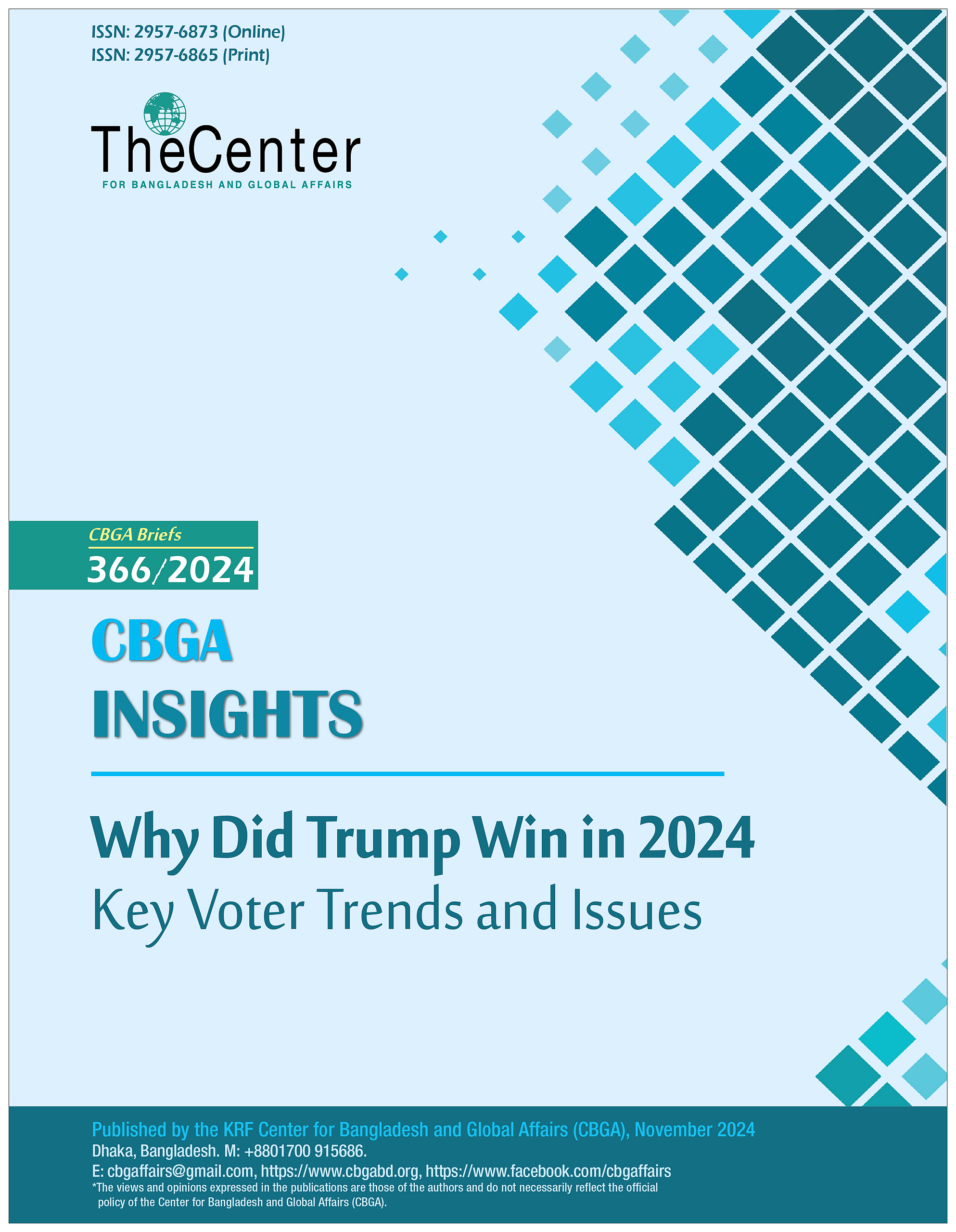
A Return to the White House
In a historic comeback, Donald Trump reclaimed the presidency in 2024, marking a seismic shift in American politics. This victory was fueled by growing voter concerns about the economy, public safety, immigration, and a strong focus on nationalism. Exit poll data from NBC provides insight into the motivations behind Trump’s support, underscoring how economic anxieties, discontent with progressive policies, and demographic shifts contributed to his success.
Donald Trump’s 2024 presidential win resulted from small but widespread voter shifts, particularly in key battleground states like Georgia, Pennsylvania, and Wisconsin. His gains with Hispanic and Asian voters in states like Nevada were notable, as Trump increased his share of the Hispanic vote by 13 points from 2020. Rural areas leaned heavily towards Trump, while Kamala Harris retained support in urban centers. As mentioned earlier, key issues like immigration and the economy swayed many voters toward Trump, who was seen as the candidate for change and strong leadership. The article will dive more into these.
Economic Hardship as the Core Driver
The economy proved to be the decisive factor for many voters in 2024, with 68% describing the U.S. economy as “not so good” or “poor.” This perception was a stark indicator of public frustration with inflation and high living costs. According to NBC’s exit polls, 22% of respondents reported experiencing severe economic hardship, and 53% said inflation caused them moderate hardship. These concerns were especially strong among middle- and lower-income households who sought relief from mounting housing, healthcare, and fuel costs. Trump capitalized on these sentiments by promising to revive the economy and tackle inflation directly, which ultimately earned him 52% of the vote on economic management.
Trump’s economic messaging particularly resonated with rural and working-class voters, who felt left behind by the last administration’s approach. A breakdown of income demographics reveals that 73% of voters with household incomes under $50,000 viewed him favorably, aligning their support with his promise to reduce taxes, bolster American industries, and alleviate inflationary pressures. His focus on “economic sovereignty” was a pivotal factor that helped him secure large margins in swing states.
A Surge in Concerns Over Crime and Public Safety
Public safety and crime were another major factor in the 2024 election. Over recent years, rising crime rates and a perceived erosion of law enforcement have become pressing issues for many voters, particularly in suburban and rural areas. Trump’s campaign, which strongly emphasized law-and-order policies, resonated well with these voters. According to NBC’s exit polls, 52% of voters favored his approach to crime and safety, signaling a significant trust in his commitment to funding and supporting law enforcement.
The impact was particularly evident in the suburbs, where Trump’s emphasis on crime reduction earned him considerable support. White suburban women and men voted for Trump in the majority, with 54% of suburban men and 53% of suburban women showing their support. For these voters, Trump’s “tough on crime” stance appeared more aligned with their concerns than Kamala Harris’s focus on reformative justice policies.
Immigration and Border Security: A Defining Issue
Immigration was a defining issue in 2024, especially among voters in border states like Texas and Arizona, where immigration policies have a direct impact. Trump’s pledge to secure the border and implement stricter immigration controls appealed to 40% of voters who believed undocumented immigrants should be deported rather than offered pathways to legal status. His stance on immigration captured 53% of the vote in this category, reinforcing his reputation as a candidate focused on national security.
Exit polls also indicate a strong correlation between voters concerned about immigration and those who cited national security as a top priority. Trump’s policies resonated with voters who perceived open-border policies as a threat to both security and the job market. His ability to leverage these fears and position himself as the candidate of “law and order” was instrumental in his victory.
Shifts in Latino Voter Preferences
One of the most significant shifts in 2024 was the increased support Trump received from Latino voters, a demographic that has traditionally leaned Democratic. This year, however, Latino support for Trump surged, with economic concerns driving much of the shift. For many Latino voters, economic stability and job security took precedence over other issues, and Trump’s platform resonated with their priorities. NBC exit polls reveal that 64% of Latino men supported Trump, marking a substantial departure from previous elections.
The Latino vote was largely influenced by economic pragmatism, as many in this community prioritized job creation, economic growth, and inflation reduction. Trump’s ability to connect with these concerns allowed him to make inroads in communities that had historically favored Democrats, highlighting a shift in Latino voters’ political orientation toward conservative economic values.
National Identity and the Appeal of “America First”
Trump’s “America First” rhetoric struck a powerful chord with voters who felt disillusioned by globalization and the outsourcing of American jobs. This theme resonated strongly among 35% of voters who believed America’s best days were in the past. Many of these voters, especially in the Rust Belt, saw Trump as a protector of American sovereignty, prioritizing domestic issues over foreign interests.
Trump’s appeal to working-class Americans in manufacturing and industry-heavy states like Michigan and Ohio underscored his commitment to revitalizing American jobs. This strategy allowed him to maintain support in regions hit hardest by globalization, reinforcing his status as a champion for economic nationalism. The 2024 election exit polls show that Trump’s “America First” approach was instrumental in winning back disenchanted voters in these regions, many of whom had supported him in 2016 but were less enthusiastic in 2020.
Discontent with Progressive Policies and the Democratic Agenda
Voter dissatisfaction with Democratic policies on social issues also played a significant role in Trump’s victory. Many voters viewed Kamala Harris’s policies as overly progressive, with 47% indicating they found her views “too extreme.” This sentiment was especially prominent among white, working-class voters without college degrees, a group that made up 39% of the electorate and voted overwhelmingly for Trump.
Education policies, social welfare, and family values were areas where Trump’s views contrasted sharply with Harris’s. Trump’s more conservative stance appealed to those who felt alienated by the progressive tilt in education and social policies. His opposition to gender education in schools and his emphasis on traditional values created a strong contrast to Harris’s platform, helping him consolidate support from this demographic.
Perceptions of Leadership and Trust in Key Areas
Exit polls reveal that voters prioritized leadership qualities, with 30% saying they voted based on a candidate’s “ability to lead”. In this regard, Trump had the advantage, as many voters viewed his experience as a decisive factor. He was seen as the more trustworthy candidate on issues like crisis management, with 53% of voters expressing confidence in his handling of crises. Trump’s reputation for decisive action appealed to voters who were concerned about the nation’s trajectory and eager for assertive leadership.
Kamala Harris’s favorability rating was also a factor, with 52% of voters holding an unfavorable view of her compared to Trump’s 46% favorability. This difference in perception gave Trump a critical advantage, especially among undecided voters who ultimately leaned toward a candidate they viewed as reliable and stable.
Age and Demographic Dynamics
The 2024 election also saw distinct demographic voting patterns, particularly in age groups. Older voters, who made up 63% of the electorate, leaned heavily Republican. These voters prioritized stability and economic recovery, aligning well with Trump’s platform. Meanwhile, younger voters aged 18-44, who favored Harris, represented only 37% of the electorate, reflecting a generational divide. This distribution in voting age demographics was pivotal, as older voters are more consistent in their turnout, providing Trump with a reliable voter base.
Conclusion: A Resurgence Rooted in Economic and Social Concerns
Donald Trump’s 2024 victory reveals deeper divides in the U.S. political landscape. Analysts argue that Kamala Harris’s campaign struggled due to ineffective messaging on economic issues and an overly bipartisan approach that alienated key demographics. Trump benefited from widespread frustration with inflation, concerns over immigration, and a demand for change that resonated with working-class voters and minorities. The Democratic Party’s focus on moderate voters while neglecting its progressive base left many unsatisfied.
Donald Trump’s 2024 victory highlights a landscape where economic hardship, social conservatism, and national identity concerns shaped voter behavior. Trump’s appeal among non-traditional Republican demographics, such as Latinos and suburban white women, marked a shift driven by practical economic concerns and a desire for a return to traditional values. As the nation moves forward, these core issues—economic stability, crime, immigration, and national identity—will likely remain focal points in shaping American politics and policy.
In a divided political climate, Trump’s win underscores a call for change rooted in economic and cultural priorities, signaling a potential realignment in voter loyalties and the issues they prioritize.
– Syed Raiyan Amir is a Senior Research Associate at the KRF Center for Bangladesh and Global Affairs (CBGA).







